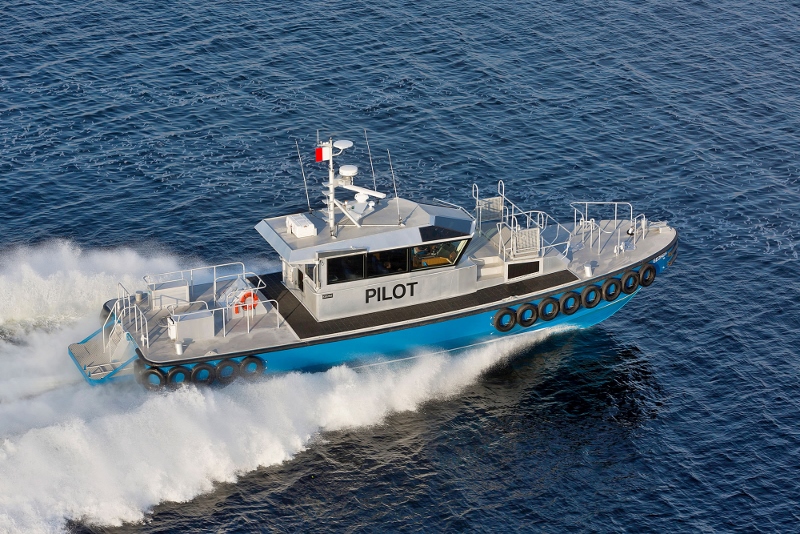Today, the Environmental Protection Agency (EPA) published a proposed rule in the Federal Register that would address concerns associated with finding and installing certified Tier 4 marine diesel engines in certain high-speed commercial vessels.
Under the rule, the EPA would provide additional lead time for qualifying engines and vessels. The EPA is also making a technical correction to diesel fuel regulations to allow fuel manufacturers and distributors to make distillate diesel fuel that complies with the global sulfur standard that applies internationally instead of the fuel standards that otherwise apply to distillate diesel fuel in the U.S.
The proposed rules applies to marine diesel engines with rated power between 600 kW and 1,400 kW that are intended for installation on U.S.-flagged or registered vessels, vessels that use those engines, and companies that manufacture, repair, or rebuild those engines and vessels. This action also applies to companies that produce and distribute distillate diesel fuel.
Some boatbuilders have told the EPA that there are no certified Tier 4 engines with suitable performance characteristics for the vessels they need to build, specifically for high-speed commercial vessels that rely on engines with rated power between 600 kW and 1,400 kW that have high power density. To address these concerns, the EPA is proposing to provide additional lead time for implementing Tier 4 standards for engines used in certain high-speed vessels. The EPA is also proposing to streamline certification requirements to facilitate or accelerate certification of Tier 4 marine engines with high power density.
Builders of certain high-speed vessels have described their challenges with finding certified Tier 4 engines and and modifying vessel designs to accommodate Tier 4 engines once they become available. This applies to several types of high-speed vessels including pilot boats.
Building a vessel with a Tier 4 engine and its accompanying catalyst system requires design changes to handle the engine’s greater size and weight. Use of a new Tier 4 engine and accompanying catalyst system requires a thorough reassessment of vessel design to accomplish a proper balance between vessel length and total propulsion power. For example, the vessel would need engines with higher maximum power output if the vessel’s length, width, or depth increases to accommodate the new engine and the accompanying catalyst system.
One parameter that helps solve the design challenge is the engine’s power density. Increasing power density allows for more power without increasing total engine weight, which allows for increasing (or regaining) vessel speed. Tier 4 engines with the appropriate power ratings for pilot boats are available, but there are no ratings currently available with power density above 35-kW/liter displacement. As a result, the available Tier 4 engines are too large and heavy to allow vessels to meet performance specifications. As Tier 4 engines between 600 kW and 1,400 kW become available, manufacturers of pilot boats can start to address these vessel design issues. However, an acceptable solution may depend on the availability of Tier 4 engines that meet the need for higher power density.
A complicating factor for pilot boats is other federal, state, or local programs that impose speed restrictions on vessels for certain vessel lengths. Specifically, pilot boats that operate in certain coastal areas are subject to whale-strike avoidance rules that are designed to protect migrating and calving right whales. In designated areas off the coast of Georgia, for example, vessels 65 feet and longer may not exceed an operating speed of 10 knots from Nov. 1 to April 30. Whale-strike avoidance rules increase the demand for pilot boats that are less than 65 feet long. This additional constraint further complicates the challenge to design vessels with Tier 4 engines as the selective catalytic reduction (SCR) emission control system takes up a significant amount of already limited space. Again, the use of Tier 4 engines will require significant boat changes and more time is needed to resolve these challenges.
Written comments must be received by Oct. 21, 2019. There will also be a public hearing on Sept. 20, 2019, at the Maine Maritime Museum, 243 Washington Street, Bath, Maine 04530, (207) 443–1316. The hearing will start at 9:30 a.m. local time and continue until everyone has had a chance to speak.




